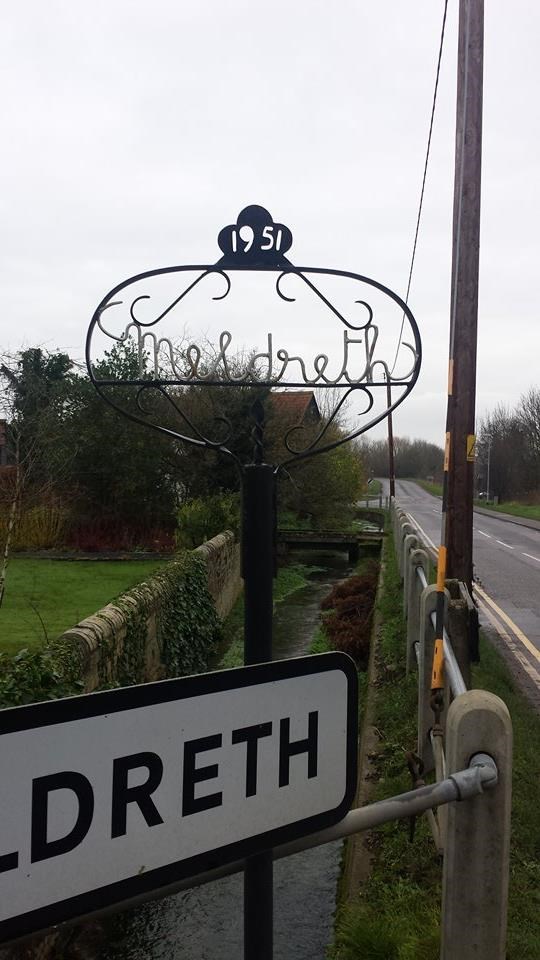VS #465 - Meldreth (2) Traditional Geocache
ryo62: Time to go. not replacing
-
Difficulty:
-

-
Terrain:
-

Size:  (other)
(other)
Please note Use of geocaching.com services is subject to the terms and conditions
in our disclaimer.

Village signs is a series of caches based on the ornate signs that depict the heritage, history and culture of the villages that put them up (normally on the village green!).
A small magnetic nano vial
Meldreth is a village in South Cambridgeshire with about 1,600 inhabitants lying around 10 miles south-west of Cambridge.
A large Bronze Age hoard was found near Meldreth railway station in the nineteenth century that is now in the collections of the British Museum. The village of Meldreth grew in Saxon times, and the parish is home to Mettle Hill (formerly known as Motlowehyll) that was probably the original meeting place of Armingford Hundred. Listed as Melrede in the Domesday Book, the village's name means "mill stream", named after the stream that rises at Melbourn Bury and flows north into the River Cam.
Due to its proximity to Cambridge, much of the land has at some time been owned by colleges of the University of Cambridge. In the early 16th century, Christ's College moved to its Meldreth estate to escape the plague.
The Domesday Book compiled in 1086 has this listing for the village:
Melrede: Abbot of Ely and Hardwin and Guy de Raimbeaucourt from him; Abbot of St. Evroul from Earl Roger; Colswein from Count Alan; Hardwin of Scales and Hugh from him; Guy de Raimbeaucourt. 7½ mills, monastery.
In 1952, the Royal Train carrying King George VI's body passed through the station on its journey from Sandringham to London. Residents gathered on the platform to pay their last respects to the King.
The village still has a stocks and whipping post, the traditional medieval punishment, last used in the village in 1860.
**************************************
If anybody would like to expand this series please do. I would just ask that you let SmokeyPugs know first so they can keep track of the Village Sign numbers and names to avoid duplication.
**************************************
Additional Hints
(Decrypt)
ba gur oynpx ivyyntr fvta